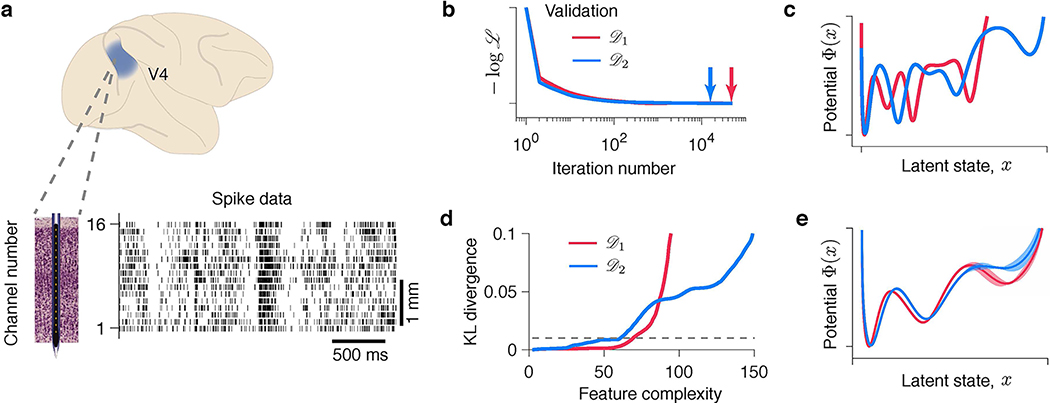Fig 6. Discovering interpretable models of neural dynamics from neurophysiological recordings.
(a) An example trial showing spontaneous transitions between episodes of vigorous (On) and faint (Off) spiking in multiunit activity simultaneously recorded with 16-channel electrodes from the primate visual cortical area V4 during a fixation task. Spikes are marked by vertical ticks. Modelling results for an example channel are shown in b-e. (b) Validated negative log-likelihoods of models produced by the gradient-descent for two independent data samples and . Models with the best generalization correspond to minima indicated by arrows. (c) Models with the best generalization are inconsistent across data samples (same colours as in b). (d) KL divergence between models discovered from two halves of (red) and from two halves of (blue) at each level of feature complexity. KL threshold (dashed line) to define is set to 0.01. (e) The potentials at identified independently from (red) and (blue) are in good agreement. Error bars shade the area between two potentials discovered from the halves of (red) and (blue). The potential shape supports the hypothesis of metastable transitions.

